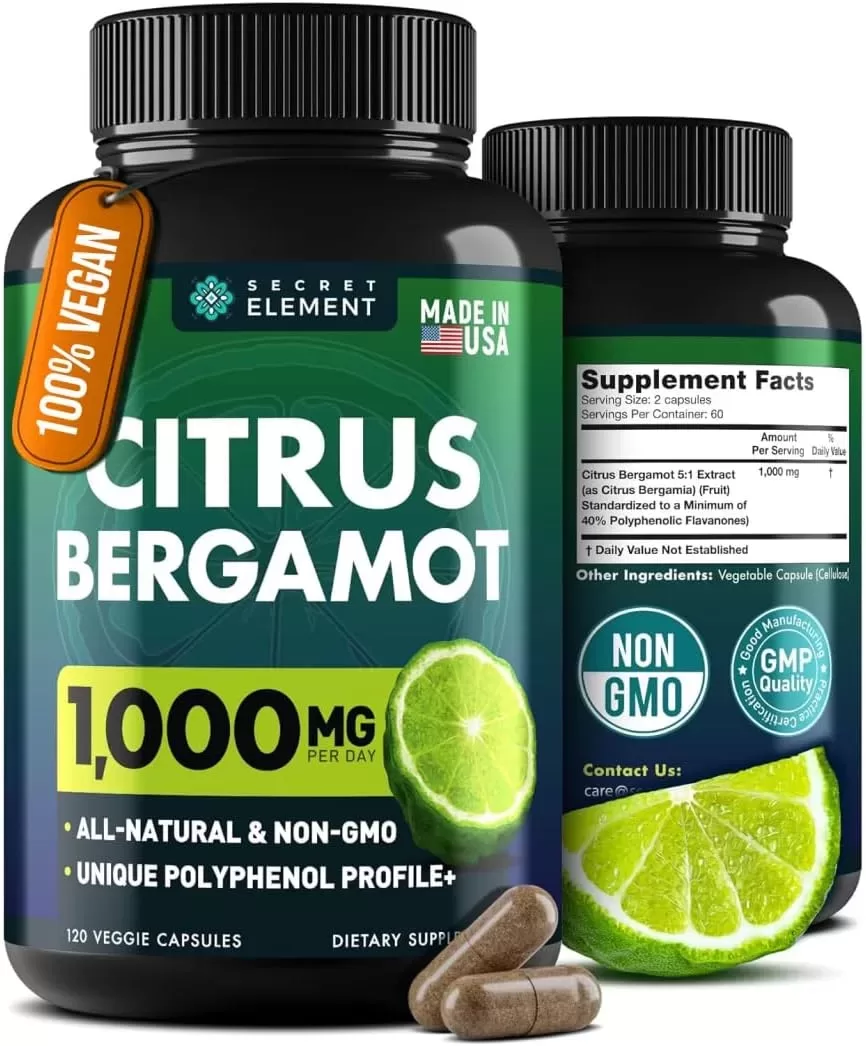Pico de gallo goes great with many dishes, and even alone! But does it have any unwanted side effects you should be worried about?
Pico de gallo can only make you sick if you didn’t prepare or store it well, left it outside of the refrigerator for more than 2 hours, or if you have an allergy, intolerance, or sensitivity to one or more of its ingredients.
So, what is your course of action to avoid getting ill from it? Read on to know how!
Can Pico De Gallo Make You Sick or Give You Food Poisoning?
Pico de gallo is made with fresh ingredients. This is what sets it apart from salsa. Because of this and because it’s not heated as it is served fresh as well, it could potentially cause problems when not prepared and stored the right way.

According to the CDC, the safest food is cooked, the next best is when it’s washed. Raw fruits and vegetables could harbor harmful bacteria that could cause diseases (source: CDC). It is necessary to wash onions, tomatoes, peppers, and lime before cutting them.
It’s best to consume fresh pico de gallo after it’s been made. But it will keep for 3–7 days in the fridge. With this said, the longer it stays in the fridge, the more it will lose its quality and taste.
If you will refrigerate it, the fridge’s temperature should be at 40 °F (4 °C) (source: CDC). Spoilage bacteria, the ones that cause food to go bad, can grow in the refrigerator. They will not make you sick but might render food inedible.
If you don’t plan on refrigerating it, you need to consume it asap, preferably not 2 hours after it’s been prepared. Pathogenic bacteria, the one that makes us sick, grow fast in the “Temperature Danger Zone”, the temperature between 40 °F (4.4 °C) to 140 °F (60 °C) (source: USDA).
Can Pico de Gallo Give You Diarrhea?
If you are not used to spicy pico de gallo or if you find it spicier than you can tolerate, it might cause diarrhea as spicy foods can trigger diarrhea (source: Harvard Medical School).
Moreover, chili peppers, like jalapenos or serrano peppers in it, can speed up movement in the gastrointestinal tract, leading to abdominal discomfort, pain, diarrhea, or even nausea (source: University of Pennsylvania).
Another factor that can cause diarrhea when you eat pico de gallo is if you have any food allergy or intolerance to one or more of its ingredients, or if the pico de gallo has been compromised.
If harmful and disease-causing bacteria have grown in pico de gallo, this can also cause diarrhea which is a symptom of food poisoning.
Does Pico de Gallo Cause Gas or Bloating?
Tomatoes are highly acidic. They contain citric acid and malic acid which causes the stomach to produce more acid than it should. The same is true for lime juice which is also an ingredient in pico de gallo (source: Vanguard Gastroenterology).
Too much stomach or gastric acid can result in bloating, pain in the stomach, heartburn, and nausea (source: Healthline).
Can Pico de Gallo Give You Heartburn or Indigestion?
It should be noted that you will only have bloating, indigestion, and heartburn due to acid reflux if you have an intolerance, allergy, or sensitivity to any ingredient in pico de gallo, and if you ate too much of it.
With that said, another ingredient that can prompt the production of stomach acid is onion. This is because onions can make food stay in the stomach longer than normal. This causes belching and acid reflux.
Ripe tomatoes can also cause acid reflux because they have high levels of malic and citric acid. These acids can cause the overproduction of acid in the stomach (source: Vanguard Gastroenterology).
We recommend asking your doctor if you can have any of the ingredients in tolerable amounts or not.
Is Pico de Gallo low FODMAP?
A low FODMAP food or diet is designed for people with functional gastrointestinal symptoms like bloating, cramping, and diarrhea. Those who observe this diet should not consume foods that could induce or worsen the conditions above.
Among these foods are onions. Pico de gallo contains onions which makes it a non-FODMAP food (source: Low-FODMAP Diet), even if fresh tomatoes can be considered low FODMAP (source: FODMAP Friendly). Pico de gallo may not be the best option if you are on a FODMAP diet or will be on one.
If pico de gallo doesn’t give you any trouble, make sure you handle, prepare, and store it properly, and ask your doctor if it gives you problems. We hope this helps!













Comments are closed.